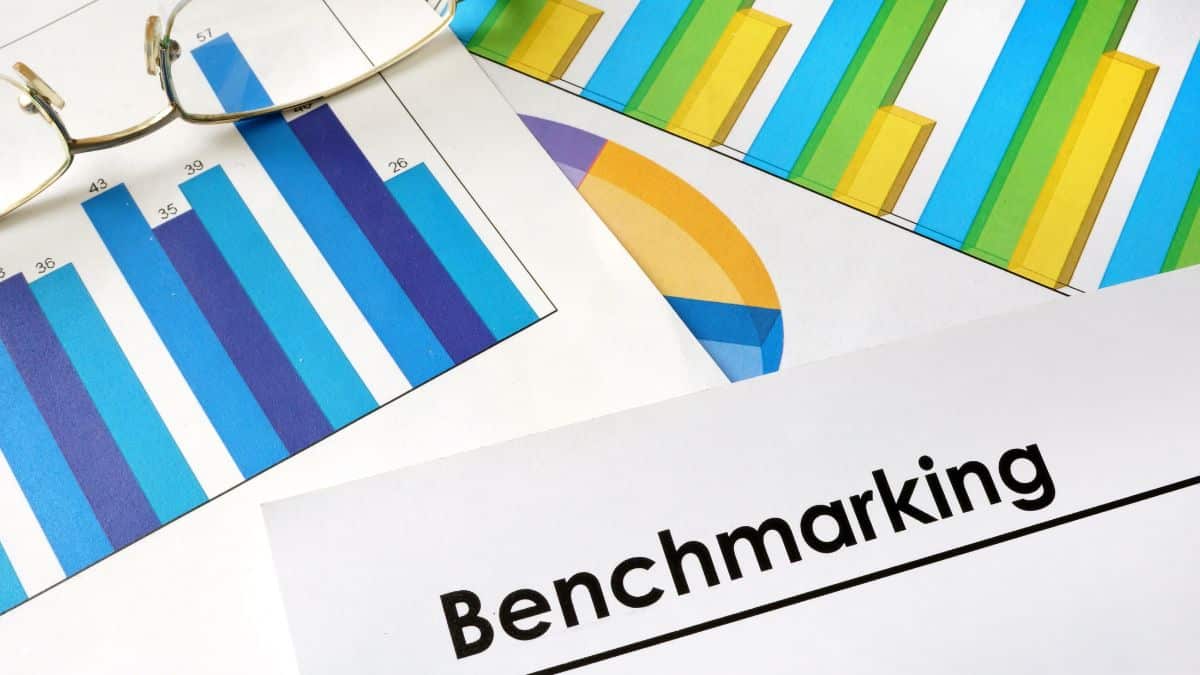Australian shares remain the most popular asset class for SMSF investors, with portfolios dominated by the big banks and miners. Read more.
Australian shares remain the most popular asset class for SMSF investors, with portfolios dominated by the big banks and miners. Read more.
Direct holdings in international shares fell in 2024–25 due to volatile market conditions but perhaps also to the growing appeal of ETFs to access global markets. Read more.
Direct holdings in international shares fell in 2024–25 due to volatile market conditions but perhaps also to the growing appeal of ETFs to access global markets. Read more.
Gen X and Millennials are fuelling the rapid take-up of ETFs by SMSF investors, drawn to their instant diversification, global reach, accessability and low cost. Read more.
Gen X and Millennials are fuelling the rapid take-up of ETFs by SMSF investors, drawn to their instant diversification, global reach, accessability and low cost. Read more.
Traditional managed funds have been partially eclipsed by the rise of ETFs, but they remain core holdings for many SMSF investors looking to diversify. Read more.
Traditional managed funds have been partially eclipsed by the rise of ETFs, but they remain core holdings for many SMSF investors looking to diversify. Read more.
Listed investment companies and trusts are facing stiff competition from cheaper ETFs and passive index funds, but have a place in many SMSF portfolios. Read more.
Listed investment companies and trusts are facing stiff competition from cheaper ETFs and passive index funds, but have a place in many SMSF portfolios. Read more.
Have you ever wanted to compare your SMSFs investment performance against other types of funds or markets, then this article will show you how. Read more.
Have you ever wanted to compare your SMSFs investment performance against other types of funds or markets, then this article will show you how. Read more.
Direct property investing is popular with SMSFs, but do you know the rules around staying or living in your SMSF owned property? What about the rules when you retire? Read more.
Direct property investing is popular with SMSFs, but do you know the rules around staying or living in your SMSF owned property? What about the rules when you retire? Read more.
Are you a member of both an SMSF and an industry or retail super fund? Think about these issues to get the best outcome from both funds. Read more.
Are you a member of both an SMSF and an industry or retail super fund? Think about these issues to get the best outcome from both funds. Read more.
For SMSF members in retirement phase, strict rules apply to minimum pension payments and breaches can be costly. Read more.
For SMSF members in retirement phase, strict rules apply to minimum pension payments and breaches can be costly. Read more.







